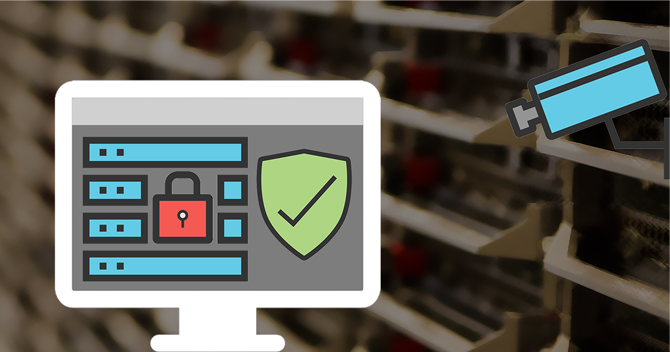Many businesses believe that enticing people to sign up for newsletters is the perfect way to generate sales – businesses can construct databases of hopeful leads, and at the same time subscribers can pick up some hot deals. This exchange of information is usually a win-win situation for everyone.
However, what businesses often fail to recognise is that they are not the first to come up with this idea. Collecting data to compile subscriber lists has been around since advertising was first invented. What’s more, since the birth of the world wide web, everyday people have been signing up to more newsletters with free information and hot offers than they can even remember.
As a result, people are being inundated with emails they don’t have the time to read. So if a reader actually opens your e-newsletter, make sure that it offers something of value to them. Otherwise, you risk annoying them by wasting their time; they’ll never bother to open another one again.
Without providing the subscriber something worthwhile to read (that they have not read a million times before), your newsletter lacks interest. In addition, these days modern consumers have wised up to businesses using e-newsletters as a marketing tool. Consequently, your company suffers; “Mmm, another useless piece of junk mail from So-And-So. Delete!”
So how do we solve this electronic mail overload crisis and keep your marketing strategy as effective as possible? There is one easy but incredibly effective answer: keep your potential customers happy by segmenting your audience. Tailor your newsletters to what they want to read!
Keeping your newsletter relevant to them is key. Make the most of your ‘subscribe’ box and ask your potential customers to list some of their interests when they sign up. Perhaps also ask them some questions in which they can either tick ‘yes’ or ‘no’. It can be as simple as asking your subscribers whether they are male or female, and then providing them with two separate newsletters marketed to suit them accordingly.
By collecting as much information as possible, you can segment your audience into different groups. Your business is then able to customise useful information and special offers that are relevant to them. This makes each mail out unique, and even more importantly, it acknowledges exactly what that person was originally was looking for or interested in in the first place.
Of course, there is flipside to this. Collecting that much information requires a lengthy questionnaire, which may turn people off from signing up. To avoid this, keep your questions short, sharp and to the point, but detailed enough for you get the information you need.
This method of sending out successfully segmented newsletters will show your subscribers that you are going that extra mile for them. Don’t waste their time with things that don’t appeal to them. They will appreciate it, and instead calling their friends to complain about your marketing tactics, they may just call you and buy something instead.





